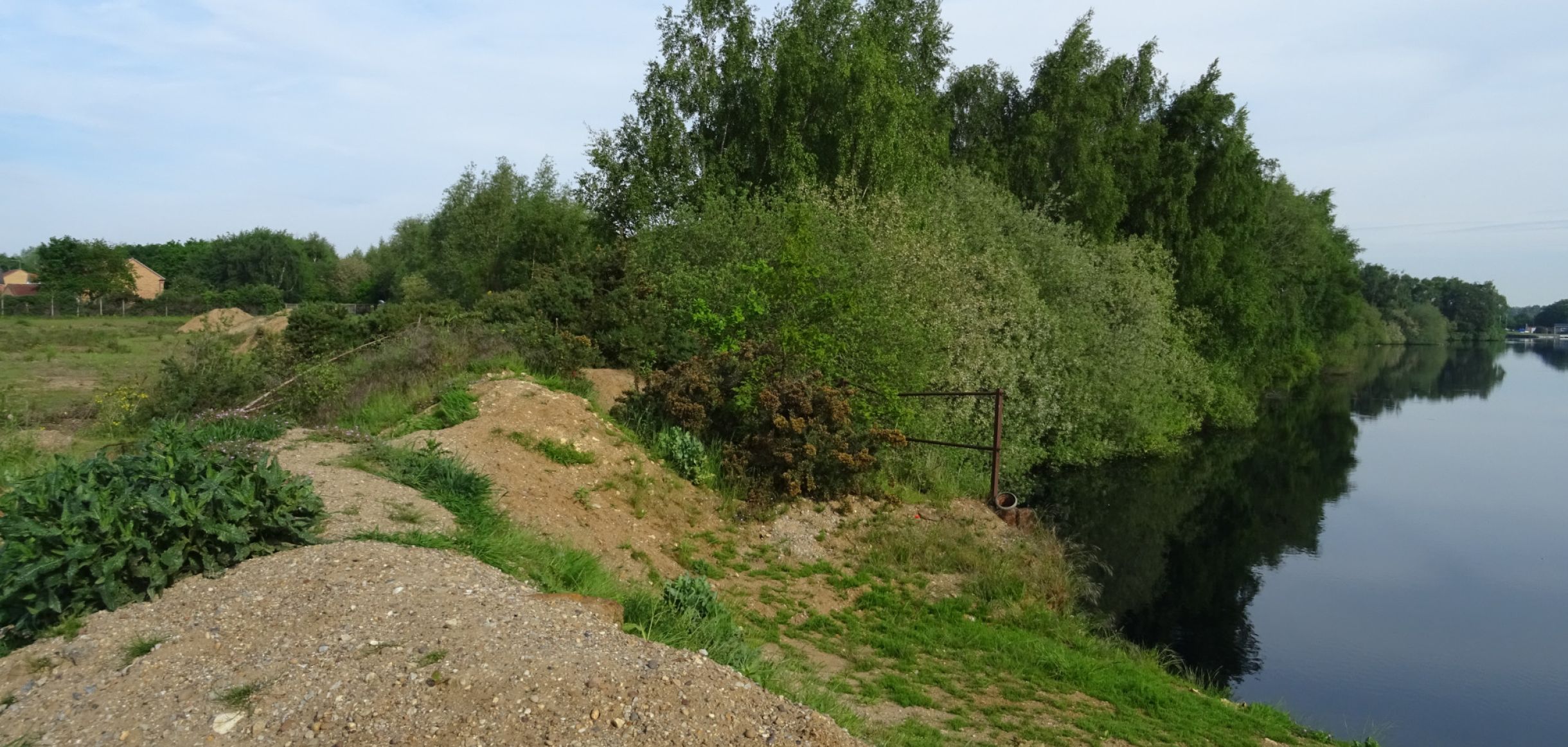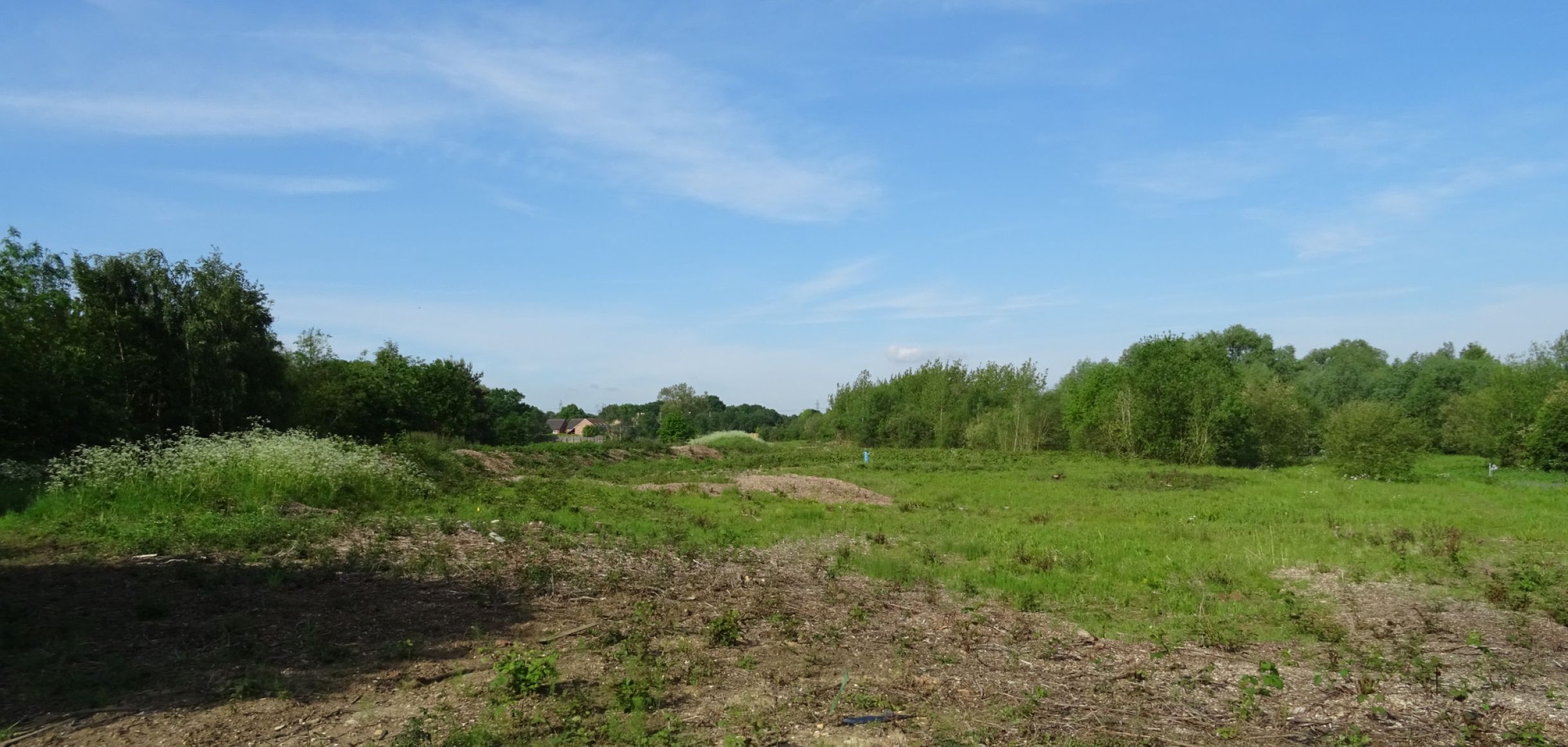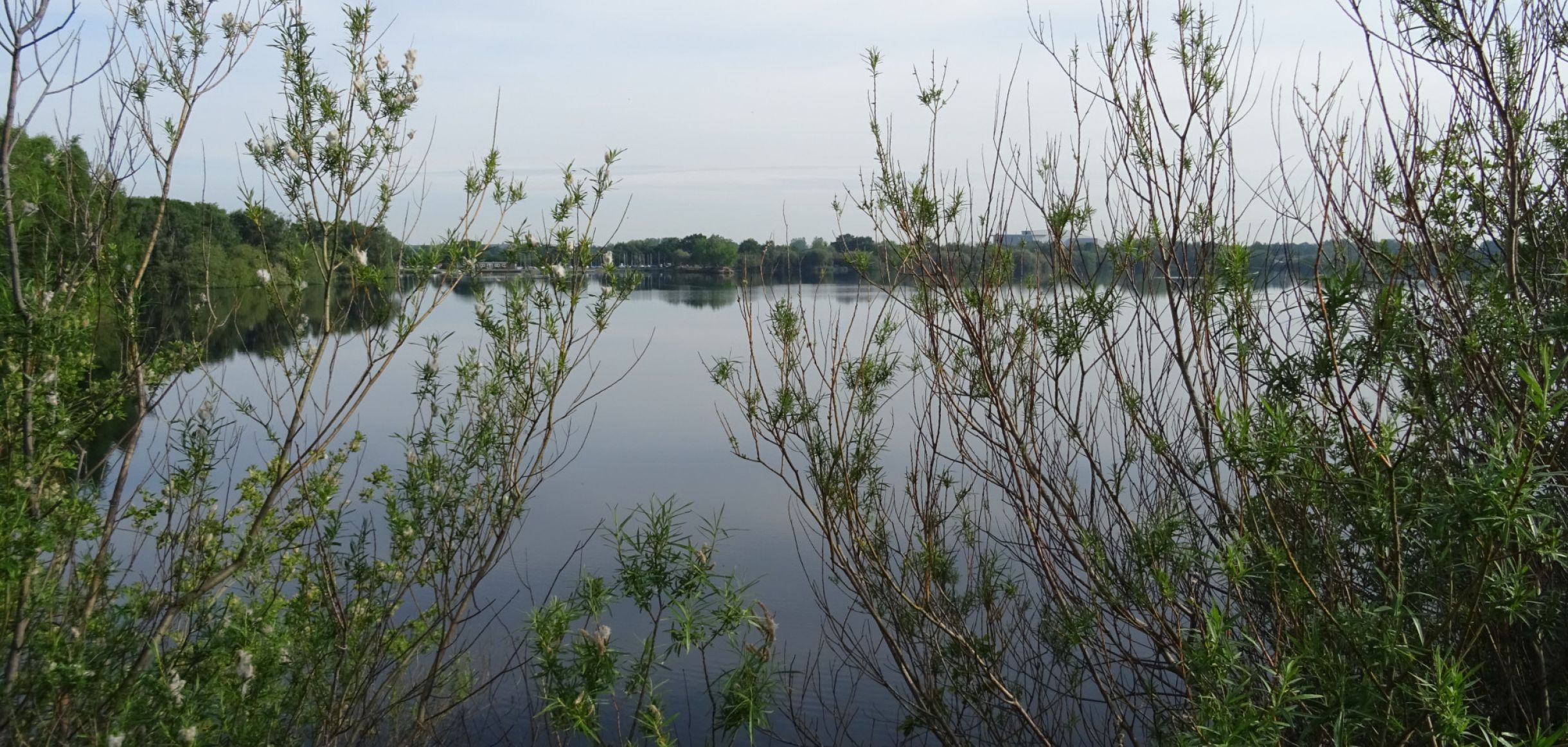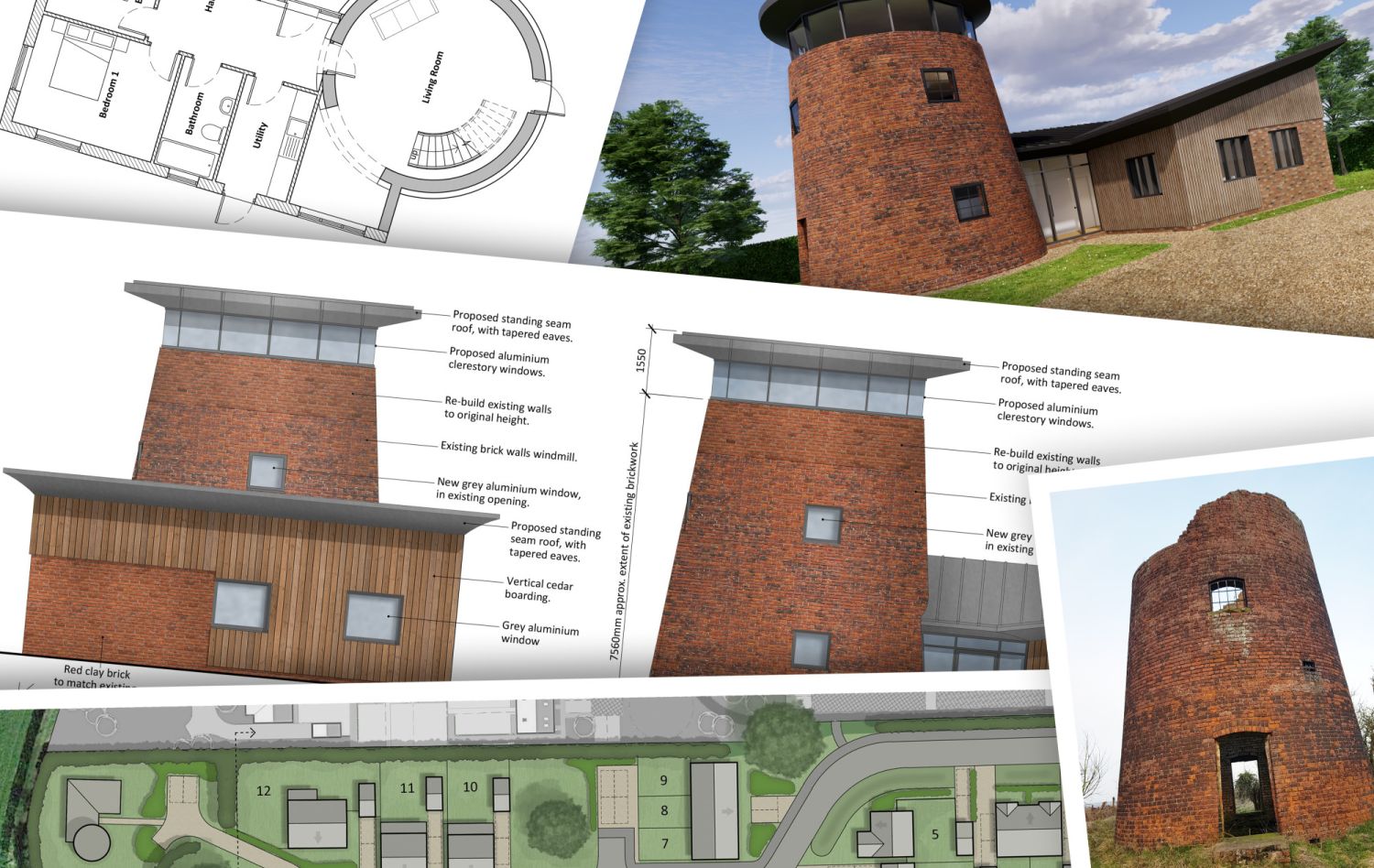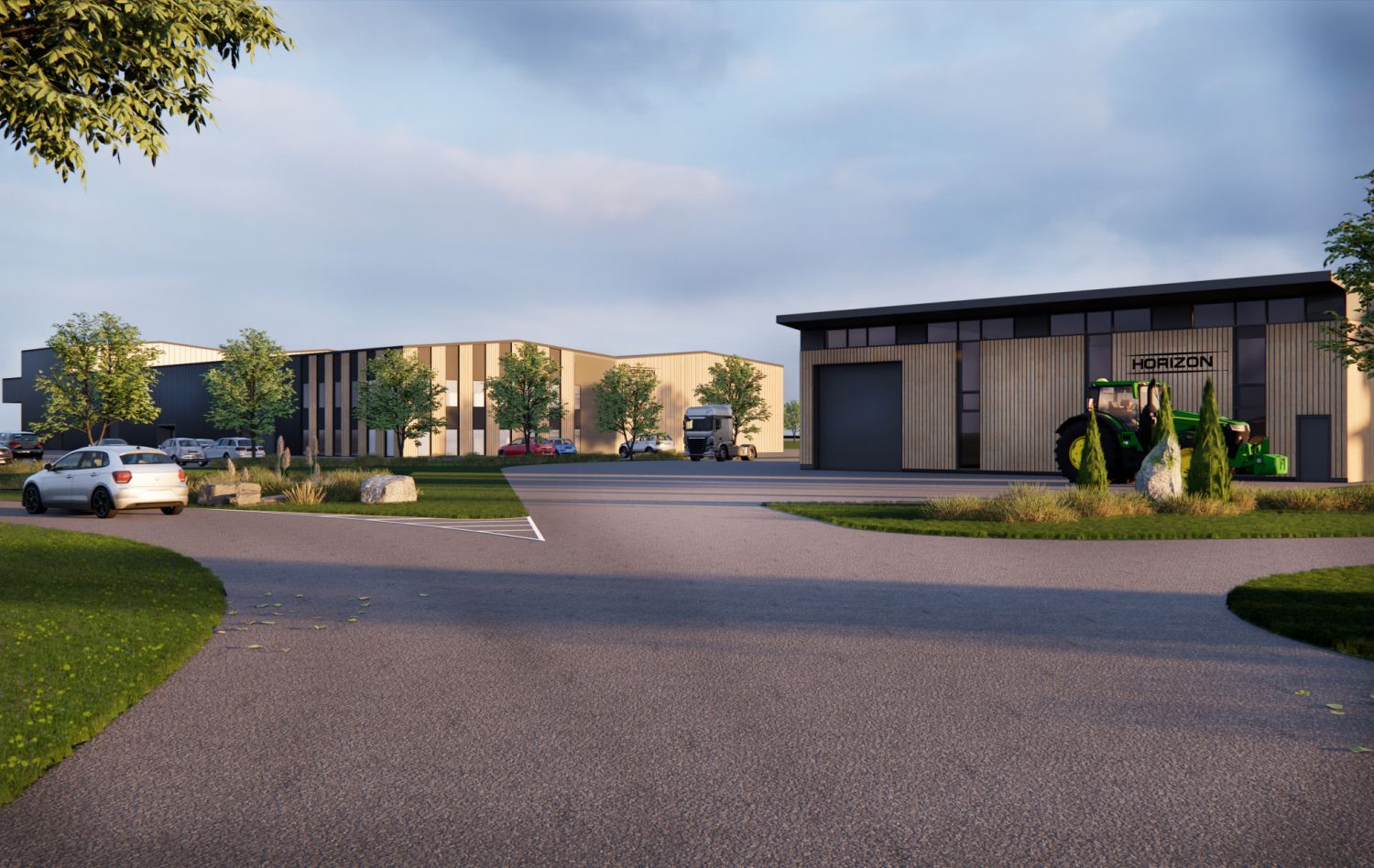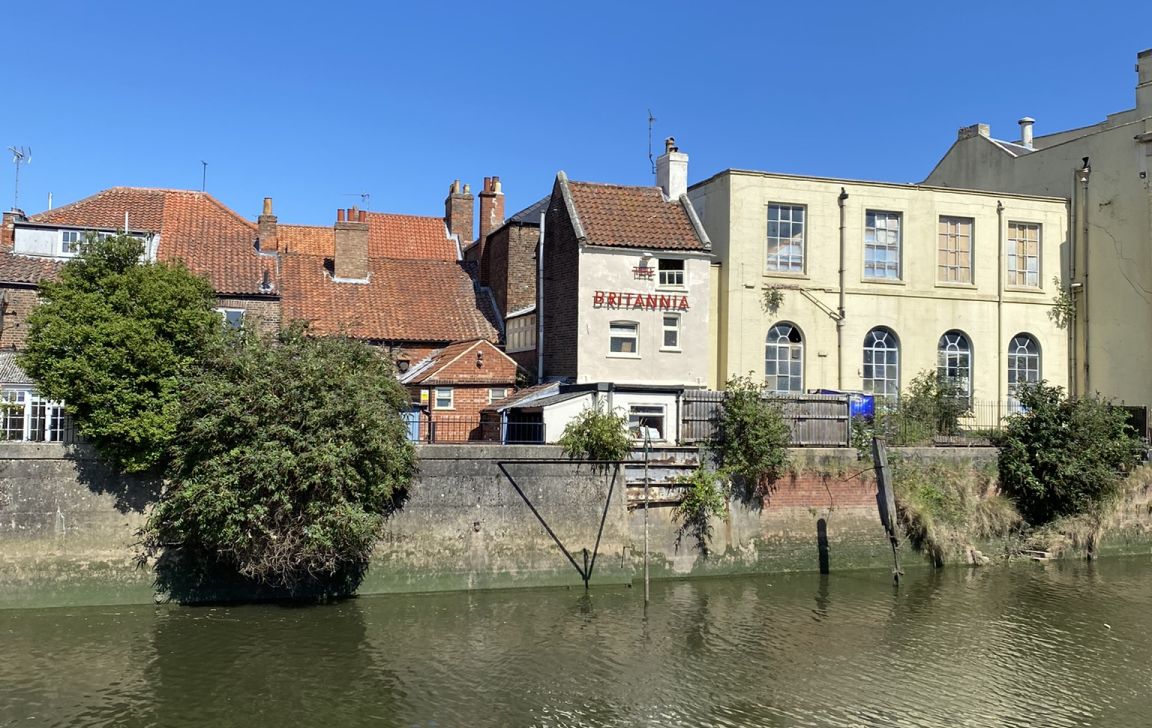Residential development, Heron Walk
Shaping a revised strategy to address biodiversity concerns on this Green Wedge and Local Wildlife Site.
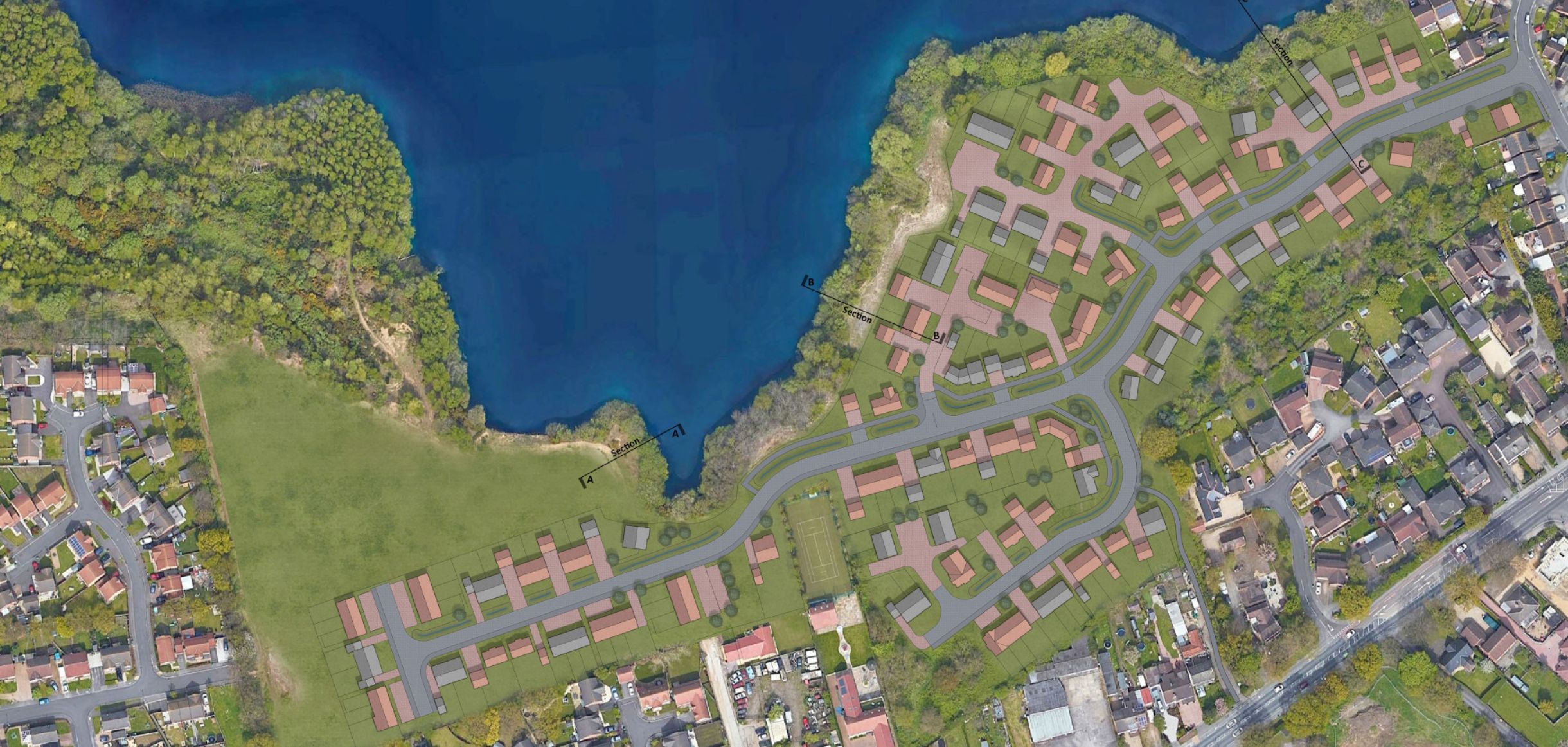
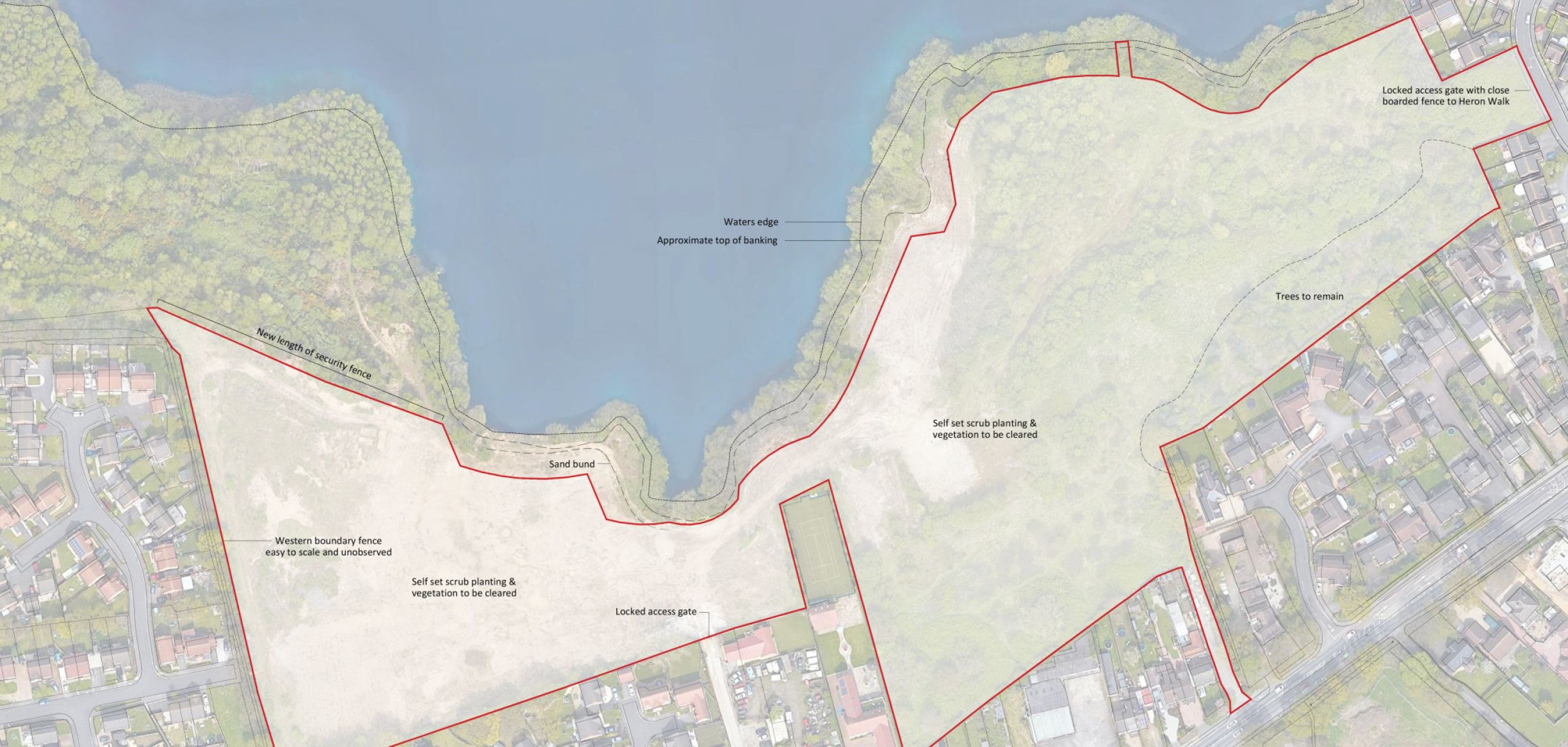
Our approach
Now a mandatory requirement in the approvals process, Biodiversity Net Gain (BNG) requires developments to deliver a 10% increase in biodiversity, either on or off-site. This was the focal point of a recent application for a new development, where achieving BNG emerged as a pivotal challenge.
Our client was seeking approval for the development of 120 new homes in a prime lakeside location adjacent to existing housing.
RDC’s involvement began following the refusal of a previous application, which had failed to sufficiently demonstrate the required biodiversity enhancements. In response, we were tasked with preparing and submitting a revised planning application, including a Planning Statement, Design and Access Statement, and Health Impact Assessment. We also facilitated discussions between the Local Planning Authority (LPA) and the client to ensure a clearer and mutually agreed approach to BNG.
The main challenge of this project was its location within a designated Local Wildlife Site and Green Wedge, which required special attention to preserve and enhance existing biodiversity. In collaboration with the client’s ecologist, we developed a strategy aligned with the biodiversity mitigation hierarchy:
- Avoidance: Sensitive habitats were excluded from the development footprint.
- Mitigation: 1.1 hectares of key habitats were included, such as "Open Mosaic Habitat," alongside the retention of existing trees and the creation of new habitats within open spaces, drainage systems, and domestic gardens.
- Compensation: Routes for off-site biodiversity enhancement were demonstrated on land owned by the client as well as the potential use of third-party BNG providers or government credits.
The planning committee, facing one of its earlier BNG cases under the new requirements, needed assurance that the proposed measures would meet regulatory standards. We provided clear evidence of the proposed on-site enhancement as well as examples of potential off-site measures. We also worked closely with the case officer to ensure a coherent presentation to the committee.
Although the majority of other concerns had been resolved during the first application (flood risk, access, and service impacts), we proactively monitored to ensure any changes could be quickly addressed.
We also successfully challenged a substantial education contribution, initially requested by the County Council without accounting for existing capacity in local primary schools, leading to a 90% reduction from over £400,000 to less than £40,000. This adjustment ensured the development remained viable while still contributing to local infrastructure needs.
Our understanding of local conservation organisations, landowners, and the Local Planning Authority enabled the client to present a well-founded case that effectively balanced development with environmental considerations.
